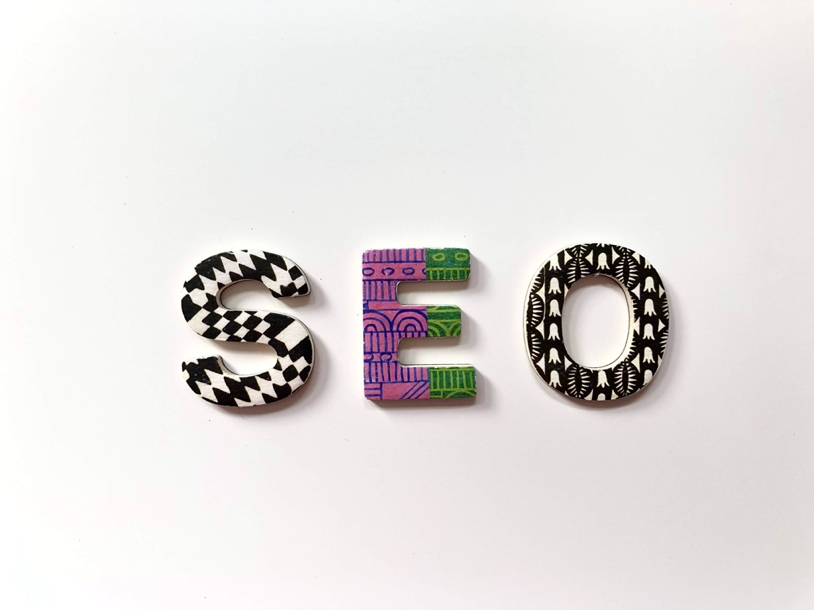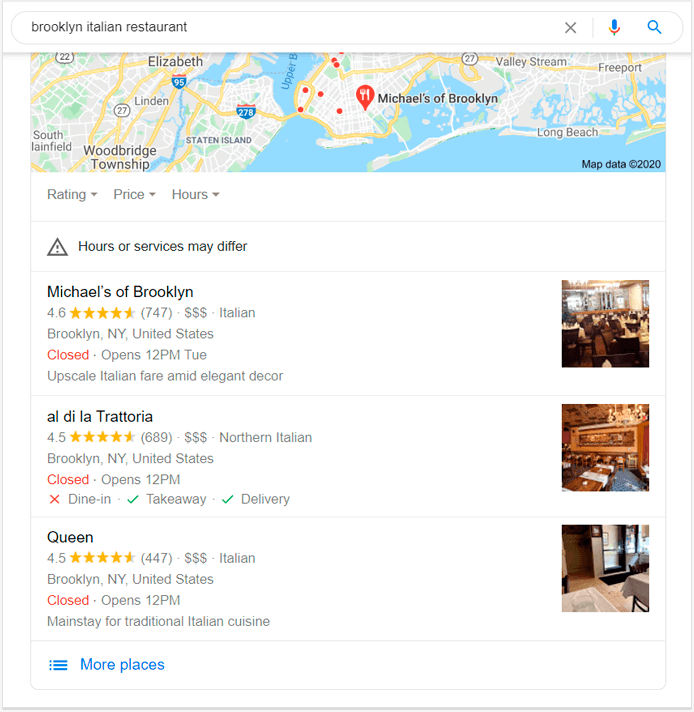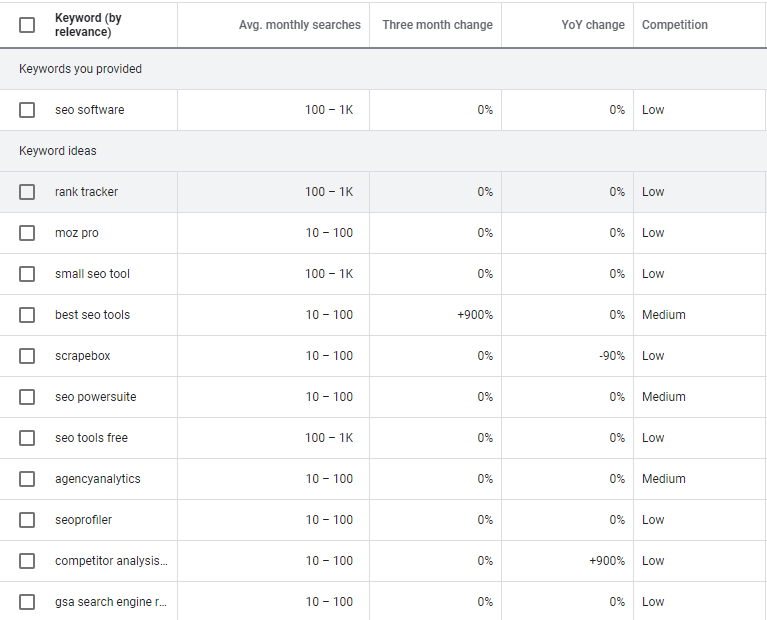You know them, you love them, and yes, you hate them.
Pop ups! They are a content marketer’s best friend with an average conversion rate of 11.09%.
But using pop-ups has also been risky since Google announced they would devalue websites with intrusive pop-up ads in 2018.
So, this article aims to clear up some of the uncertainty surrounding popups and SEO.
Here are seven tips for using popups without hurting your SEO.
1. Understand Which Interstitials Are No-Goes
Contents
- 1 1. Understand Which Interstitials Are No-Goes
- 2 2. Continue Using Non-Intrusive Interstitials
- 3 3. Switch To Timed Pop-ups
- 4 4. Watch Out For “Gray Area” Interstitials
- 5 5. Use Permitted (But Intrusive) Pop-ups Cautiously
- 6 6. You Can Still Use Intrusive Ads On Desktop
- 7 7. Restrict Pop-ups To Sources Other Than Google Organic Search
- 8 Final Thoughts

Google’s mobile interstitial sanction specifically targets intrusive interstitials.
Keep in mind that “interstitial” is a broad term that can be broadly applied to most popups, overlays, and modals, but not all interstitials are considered equally intrusive.
As a general rule of thumb, if your interstitials are spammed, difficult to ignore, or diminish your users’ experience, your mobile page could be devalued.
And because Google’s indexing is now mobile first, it could hurt your positions in the SERPs more than you realize.
The following are all examples of interstitials that make your content less accessible:
You should also avoid ads that are known to hate Google and have been penalized in the past, including:
In addition, Google’s John Mueller has confirmed that interstitials triggered by exit intent are still allowed.
However, be careful not to rely too much on these factors. Irritating your visitors is never a good idea.
2. Continue Using Non-Intrusive Interstitials

Google does not penalize non-intrusive interstitials.
These include anything you are legally required to display to restrict content or keep your users informed, such as age verification interstitials and notifications about the use of cookies.
Other pop-ups, such as banner ads, slide-ins, inlines, and tabs, which occupy a reasonable portion of the screen (15% or less is recommended), are also okay, as long as they’re easy to remove.
If you’re not sure if your interstitials are perceived as intrusive, I recommend avoiding full-screen overlays, welcome mats, and ad modalities.
Whenever possible, try to switch to top banners and slide-in boxes that allow users to continue viewing your content and not disrupt the UX too much.
3. Switch To Timed Pop-ups

If you absolutely must keep using popups and overlays, try redesigning them as unobtrusively as possible.
One of the most important things you can change is the timing of your interstitials.
For example, instead of showing a popup as soon as a user lands on your page, you can time your popup for when users have completed your blog post.
You can also limit how long popups appear – a popup that closes automatically after three seconds of user inactivity is better than a popup that never closes by itself.
The challenge with this type of interstitial, of course, is that timed popups are only as effective as your content.
If your content isn’t compelling enough to keep users on your site, clicking through your pages and reading your content, consider investing in your content marketing before adding ads to it.
4. Watch Out For “Gray Area” Interstitials

Some interstitials affected by Google’s interstitial penalty may surprise you.
For example, Mueller confirmed that language selection popups on international sites can be devalued because “yes, so are popups/interstitials.”
Watch your page’s performance carefully if you use this or other gray area interstitials such as sticky sidebars, related posts, share buttons, live chat boxes, and coupon popups.
While I don’t expect these to negatively impact SEO, it’s better to be safe than sorry.
5. Use Permitted (But Intrusive) Pop-ups Cautiously

Some ads are certainly disruptive, but are not penalized.
These ‘gray area’ popups are allowed, but be warned that Google could hit them hard in the future (they’re definitely heading that way):
Fair warning if you decide to use these interstitials: they may be penalized at some point in the (near) future, even though nothing in the new algorithm update targets these interstitials.
The only three constants in this world are death, taxes, and Google making changes for better UX.
6. You Can Still Use Intrusive Ads On Desktop
Some websites have found a patch solution to the interstitial fine, which is to hide pop-ups on mobile devices and continue to use them exclusively for desktop visitors.
Many pop-up plugins include smart targeting options that allow you to show your ads only on specific platforms.
Some website platforms, such as Wix, may allow you to hide intrusive pop-ups on all mobile devices.
Again, popups that are intrusive and diminish your UX may be penalized in a future update.
I recommend that you find more permanent solutions than just temporarily hiding your mobile popups.
7. Restrict Pop-ups To Sources Other Than Google Organic Search
Another “grey area” you could exploit is to only post popups for visitors moving between site pages or finding your website from sources other than Google’s organic search results.
According to Mueller, these are not affected by the new algorithm update:
“What we’re looking for are real interstitials that appear in the interaction between the search click and going through the page and seeing the content. So that’s kind of where we look for those interstitials.
What you do next, for example if someone clicks on things within your website or closes the tab or something like that, it’s kind of between you and the user.’
Of course, if organic search drives a lot of your traffic and it works to generate leads, don’t feel too pressured to switch.
Keep in mind that the new interstitial fine is just one of hundreds of signals, and one or two interstitial ads won’t lead to a website that would otherwise be brimming with useful content.
Final Thoughts
So here we are, years later, websites are still using popups on mobile and scoring well!
Even if this is news to you, you can breathe a sigh of relief – you probably weren’t deeply affected by this update.
But if you think Google’s mobile interstitials fine has affected your site, read this article on how to fix it.
Featured Image: McLittle Stock/Shutterstock



